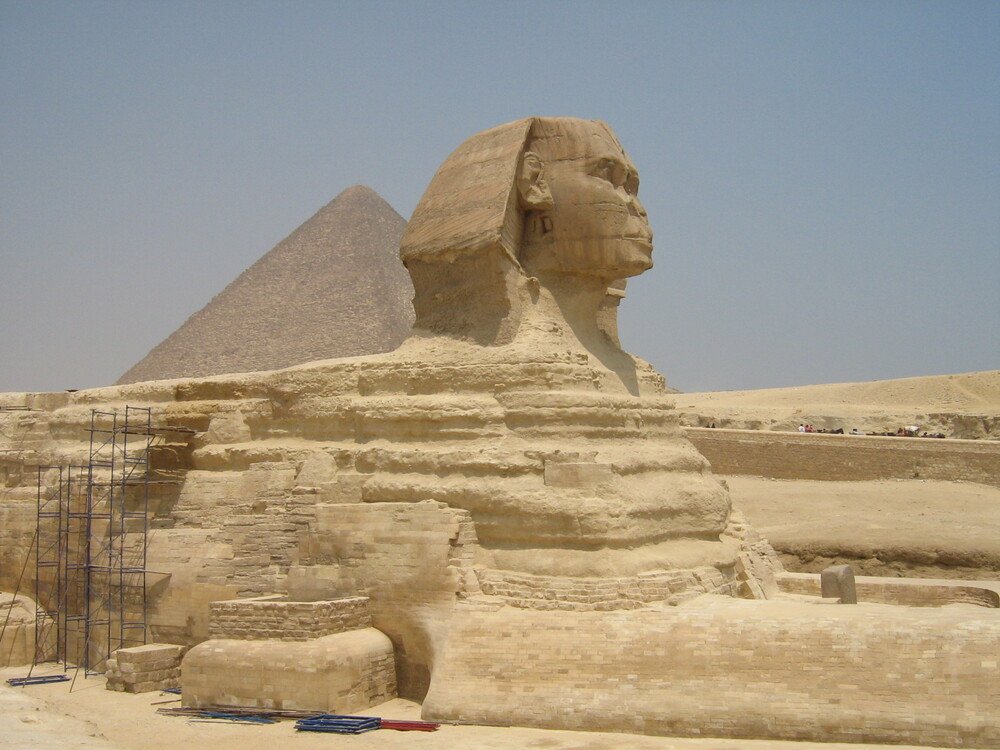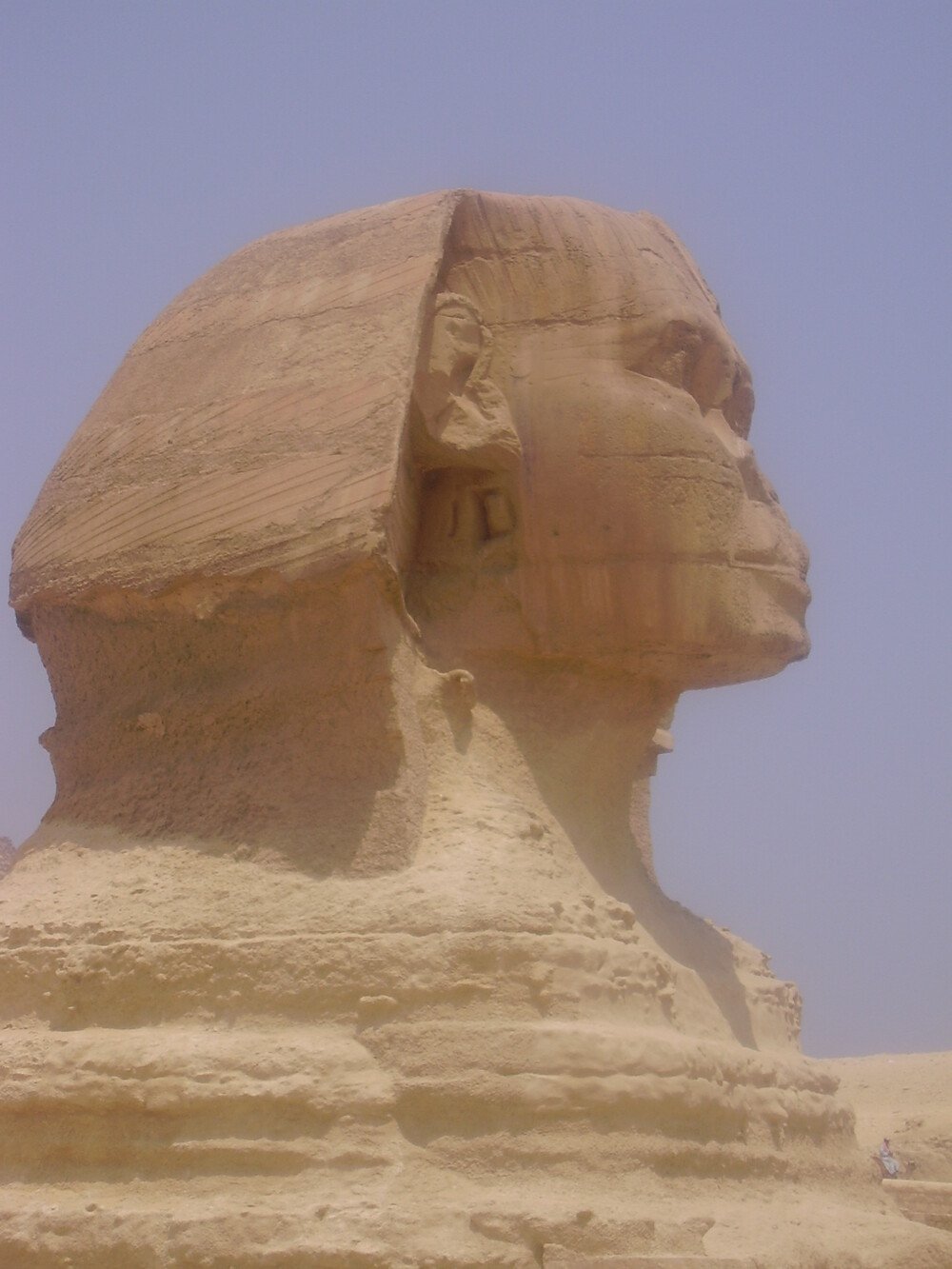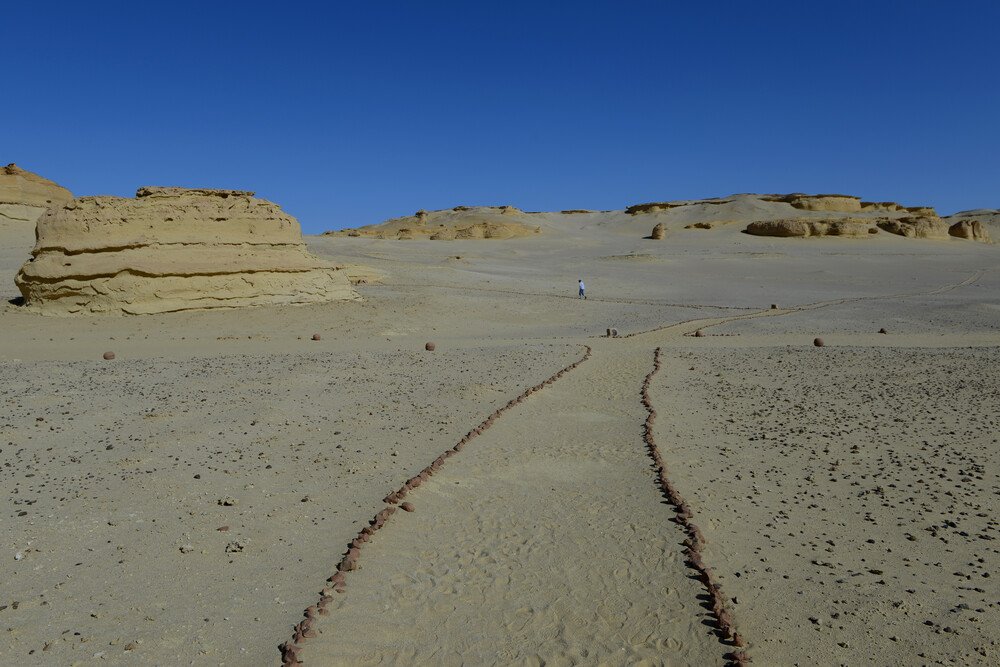Memphis and its Necropolis
Memphis and its Necropolis – the Pyramid Fields from Giza to Dahshur
The capital of the Old Kingdom of Egypt has some extraordinary funerary monuments, including rock tombs, ornate mastabas, temples and pyramids. In ancient times, the site was considered one of the Seven Wonders of the World.
Description is available under license CC-BY-SA IGO 3.0
Brief Synthesis
Memphis is located in the center of the floodplain of the western side of the Nile. Its fame comes from its being the first Capital of Ancient Egypt. The unrivaled geographic location of Memphis, both commanding the entrance to the Delta while being at the confluence of important trade routes, means that there was no possible alternative capital for any ruler with serious ambition to govern both Upper and Lower Egypt. Traditionally believed to have been founded in 3000 BC as the capital of a politically unified Egypt, Memphis served as the effective administrative capital of the country during the Old Kingdom, then during at least part of the Middle and New Kingdoms (besides Itjtawy and Thebes), the Late Period and again in the Ptolemaic Period (along with the city of Alexandria), until it was eclipsed by the foundation of the Islamic garrison city of Fustat on the Nile and its later development, Al Qahira. As well as the home of kings, and the centre of state administration, Memphis was considered to be a site sacred to the gods.
The site contains many archaeological remains, reflecting what life was like in the ancient Egyptian city, which include temples, of which the most important is the Temple of Ptah in Mit Rahina. Ptah was the local god of Memphis, the god of creation and the patron of craftsmanship. Other major religious buildings included the sun temples in Abu Ghurab and Abusir, the temple of the god Apis in Memphis, the Serapeum and the Heb-Sed temple in Saqqara. Being the seat of royal power for over eight dynasties, the city also contained palaces and ruins survive of the palace of Apries overlooking the city. The palaces and temples were surrounded by craftsmen’s workshops, dockyards and arsenals, as well as residential neighbourhoods, traces of which survive.
The Necropolis of Memphis, to the north and south of the capital, extends southwards from the Giza plateau, through Zawyet Elarian, Abu Ghurab, Abusir, Mit Rahina and Saqqara, and northwards as far as Dahshur. It contains the first complex monumental stone buildings in Egyptian history, as well as evidence of the development of the royal tombs from the early shape called "mastaba" until it reaches the pyramid shape. More than thirty-eight pyramids include the three pyramids of Giza, of which the Great Pyramid of Khufu is the only surviving wonder of the ancient world and one of the most important monuments in the history of humankind, the pyramids of Abusir, Saqqara and Dahshur and the Great Sphinx. Besides these monumental creations, there are more than nine thousand rock-cut tombs, from different historic periods, ranging from the First to the Thirtieth Dynasty, and extending to the Graeco-Roman Period.
The property also includes the remains of many smaller temples and settlements, which are invaluable for understanding ancient Egyptian life in th is area.
Wadi Al-Hitan
Wadi Al-Hitan, Whale Valley, in the Western Desert of Egypt, contains invaluable fossil remains of the earliest, and now extinct, suborder of whales, Archaeoceti. These fossils represent one of the major stories of evolution: the emergence of the whale as an ocean-going mammal from a previous life as a land-based animal.
This is the most important site in the world for the demonstration of this stage of evolution. It portrays vividly the form and life of these whales during their transition. The number, concentration and quality of such fossils here is unique, as is their accessibility and setting in an attractive and protected landscape.
The fossils of Al-Hitan show the youngest archaeocetes, in the last stages of losing their hind limbs. Other fossil material in the site makes it possible to reconstruct the surrounding environmental and ecological conditions of the time.
Description is available under license CC-BY-SA IGO 3.0












































